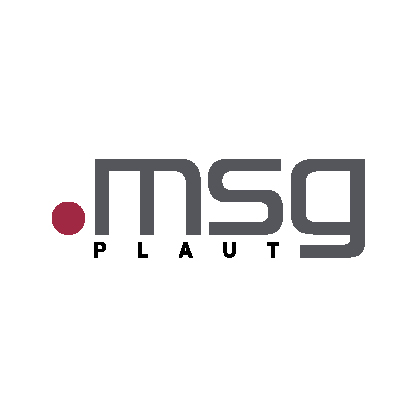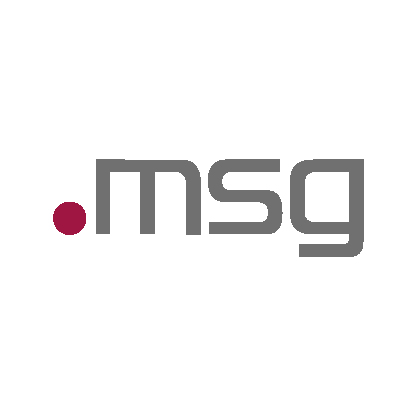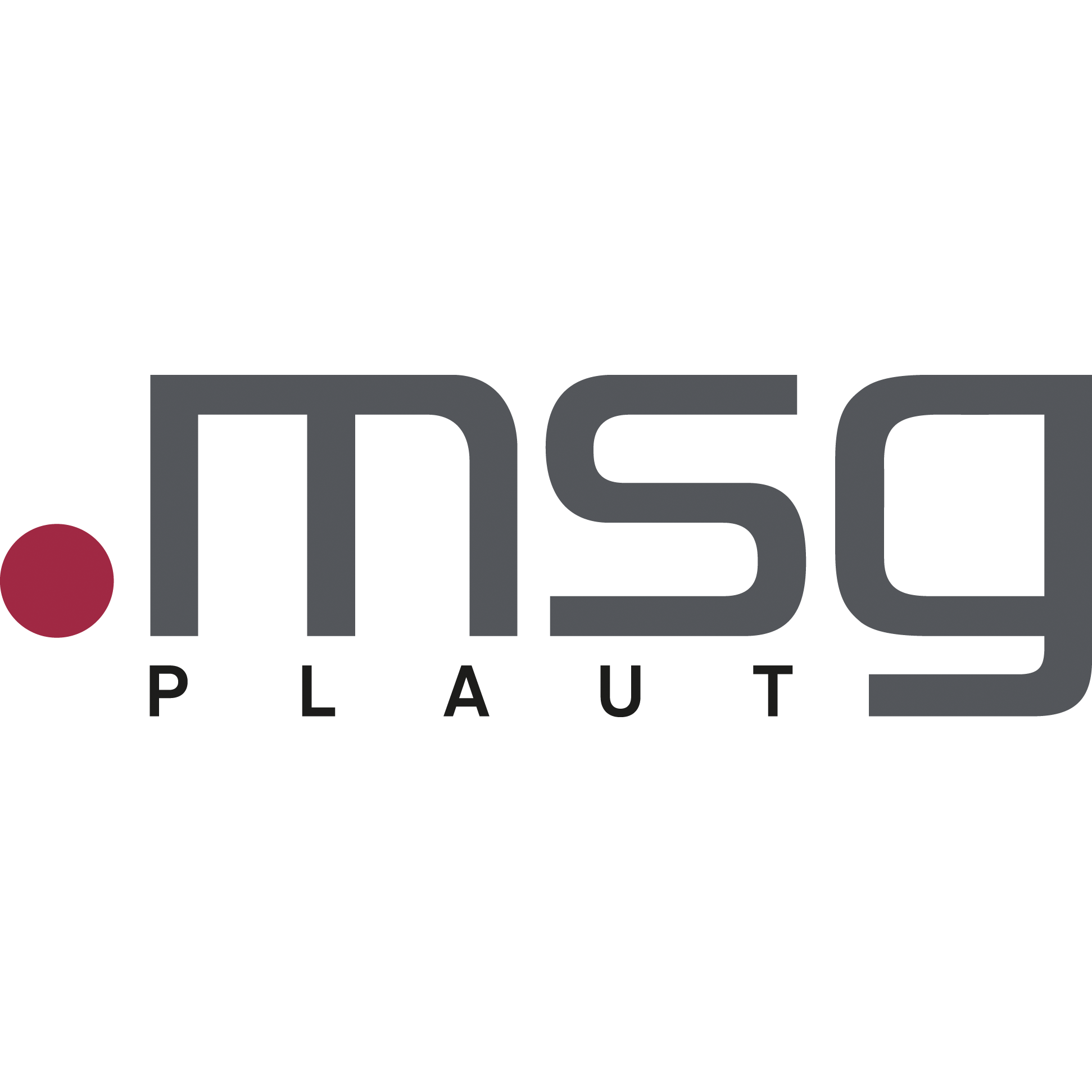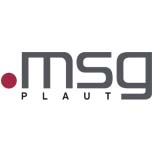
You'd like to find out more about the range of services offered by the msg group? Then visit the websites of msg and its group companies.
The msg Plaut group
msg Plaut AG is a product-based consulting company headquartered in Vienna and employs around 760 people in 11 locations / 8 countries. The company combines business management, strategic consulting with intelligent, sustainable value-adding and industry-specific IT solutions. As a pioneer of a dynamic world of digital ecosystems, msg Plaut supports customers in Austria as well as the CEE and CIS countries with a broad range of services.






